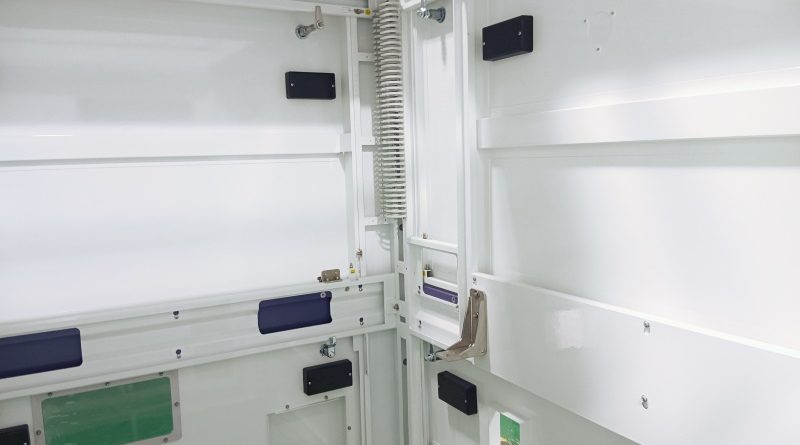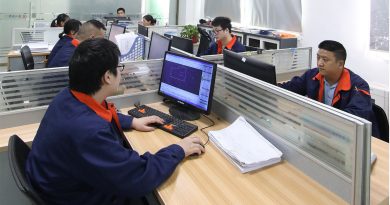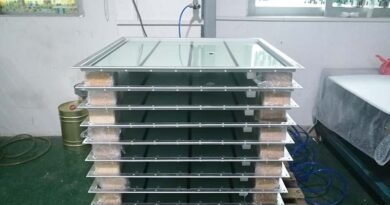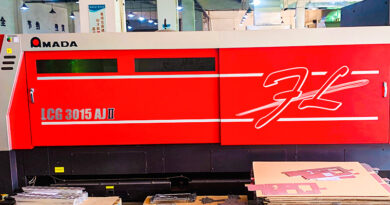Is sheet metal forming expensive?
Sheet metal forming can be expensive, but the cost depends on several factors. Here’s an overview of what influences the expense:
1. Material Costs
Type of Material: High-strength or corrosion-resistant materials like stainless steel or titanium are more expensive than common materials like aluminum or mild steel.
Material Thickness: Thicker materials generally cost more, both in terms of raw material and the increased force required to form them.
2. Tooling Costs
Initial Tooling Investment: Custom tooling, such as dies and molds, can be expensive, especially for complex shapes. This is a significant upfront cost that can be spread over large production runs.
Tool Maintenance: Ongoing maintenance and potential replacement of tools add to the overall cost.
3. Production Volume
Low Volume vs. High Volume: For low-volume production, the cost per part is higher due to the initial tooling setup and the time required to adjust machines. High-volume production spreads these costs over more parts, reducing the per-part cost.
Batch Size: Larger batches reduce the frequency of setup changes, which lowers costs.
4. Complexity of the Part
Design Complexity: Parts with intricate designs, multiple bends, deep draws, or complex geometries require more time, specialized tooling, and more expensive processes like hydroforming or deep drawing.
Tolerances and Precision: Tight tolerances and high precision requirements increase the cost due to the need for more accurate tooling and quality control.
5. Labor Costs
Manual vs. Automated Processes: Manual processes are labor-intensive and generally more expensive. Automation reduces labor costs but requires an initial investment in machinery.
Skilled Labor: Complex parts may require highly skilled operators, which increases labor costs.
6. Energy Costs
Energy-Intensive Processes: Forming operations, particularly those involving heat, such as hot forming or annealing, consume significant amounts of energy, which adds to the cost.
7. Waste and Efficiency
Material Waste: Poor material utilization increases costs. Efficient nesting and design can reduce waste, lowering costs.
Process Efficiency: Lean manufacturing and process optimization can reduce downtime, scrap, and energy consumption, making the process less expensive.
8. Equipment Costs
Capital Investment: High-end forming machines like CNC presses, laser cutting machines, and hydraulic presses represent a significant capital investment.
Maintenance and Depreciation: Ongoing maintenance and the depreciation of equipment over time also contribute to the overall cost.
9. Quality Control
Inspection and Testing: Rigorous inspection and testing procedures add to the cost, especially if non-destructive testing or high-precision measurement is required.
10. Location and Supply Chain
Geographical Factors: Manufacturing in regions with high labor and energy costs increases expenses. Conversely, outsourcing to lower-cost regions can reduce costs but might introduce logistical challenges.
Summary
Sheet metal forming can be expensive, particularly when dealing with complex designs, small production runs, or high-cost materials. However, for large-scale production with optimized processes and material selection, the cost per part can be significantly reduced.
Click sheet metal fabrication company china to learn more about sheet metal fabrication services.




